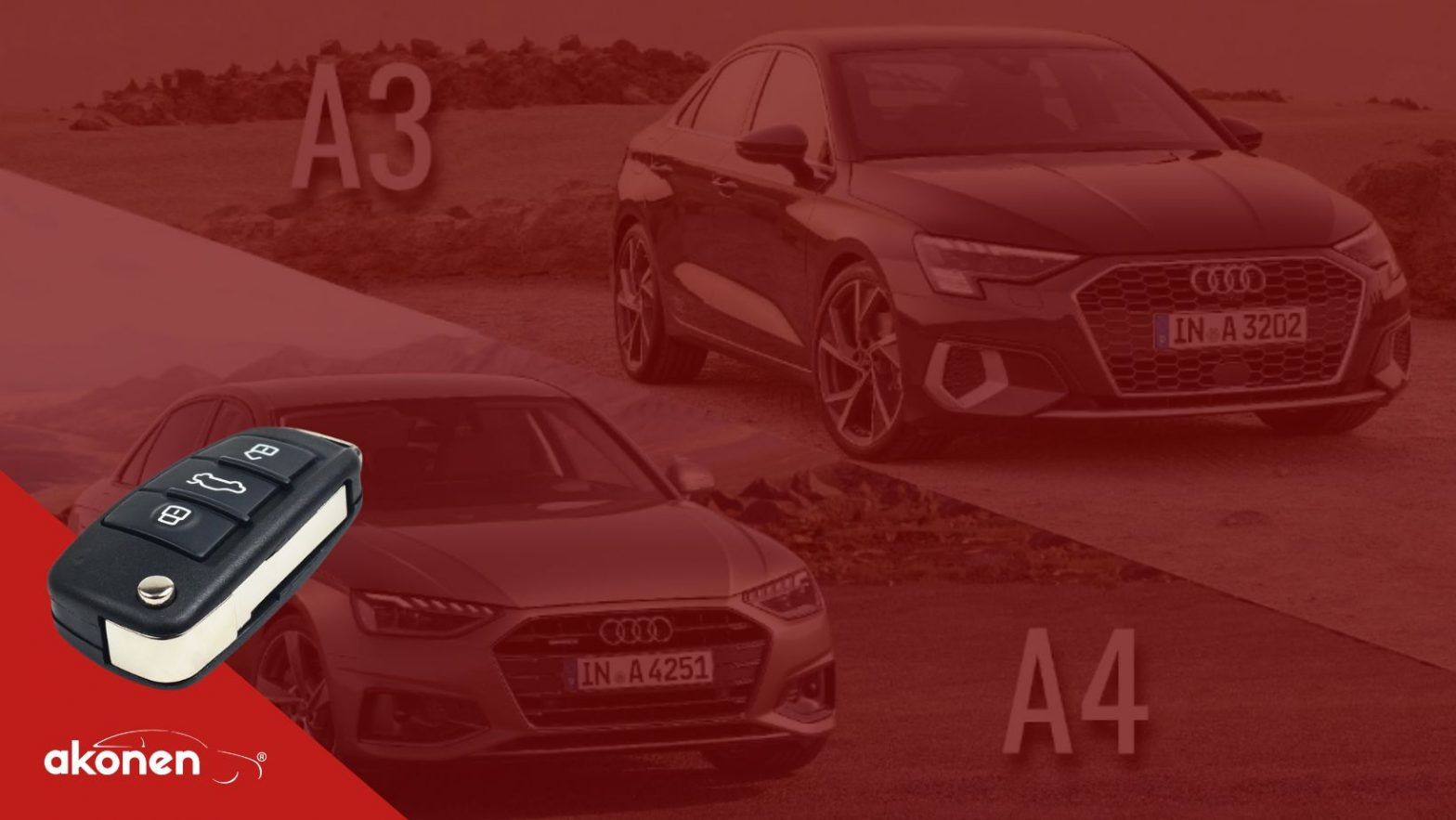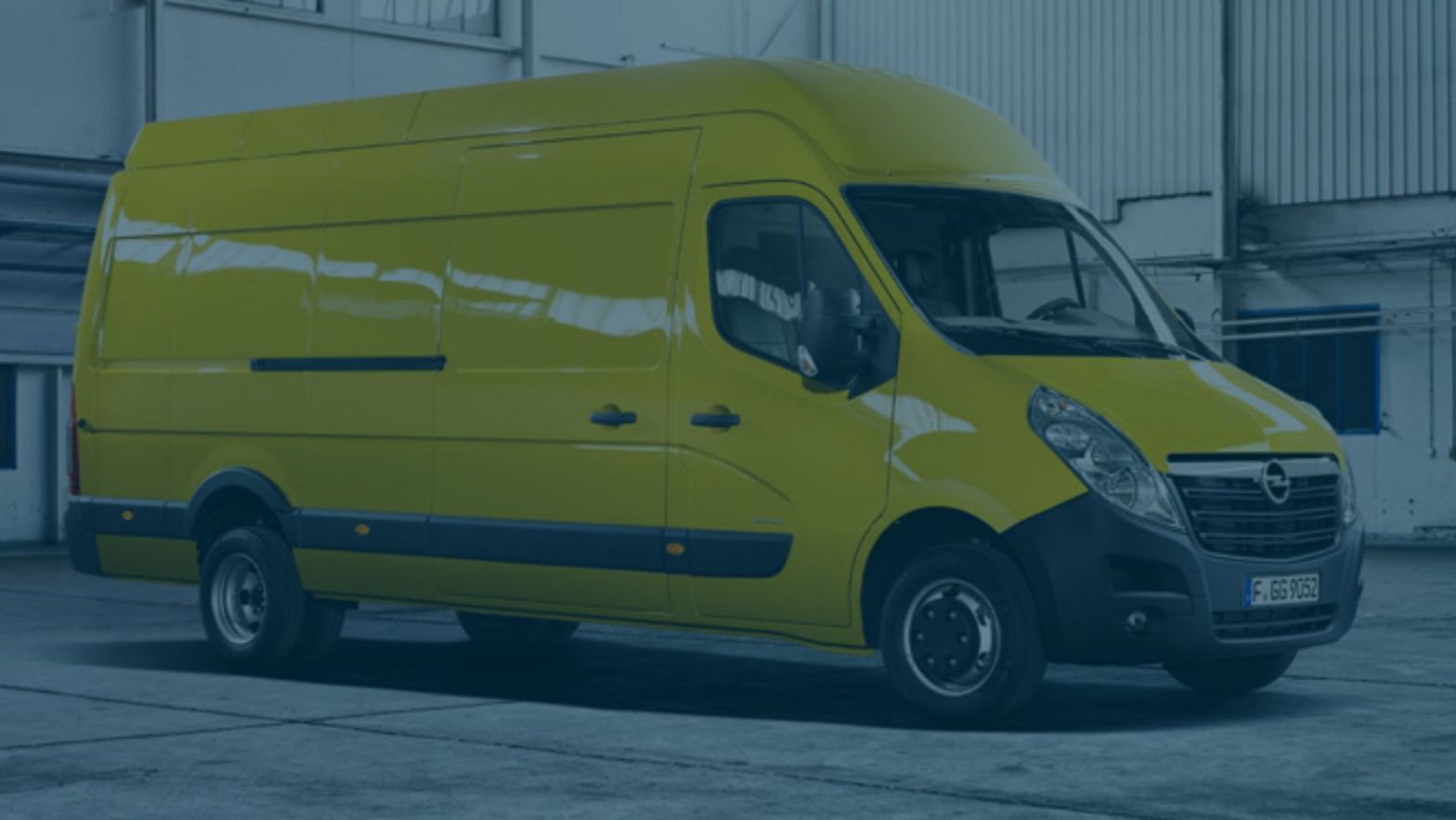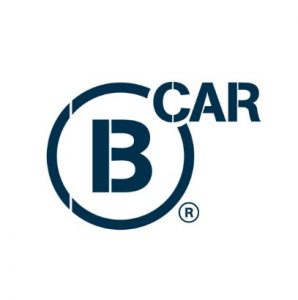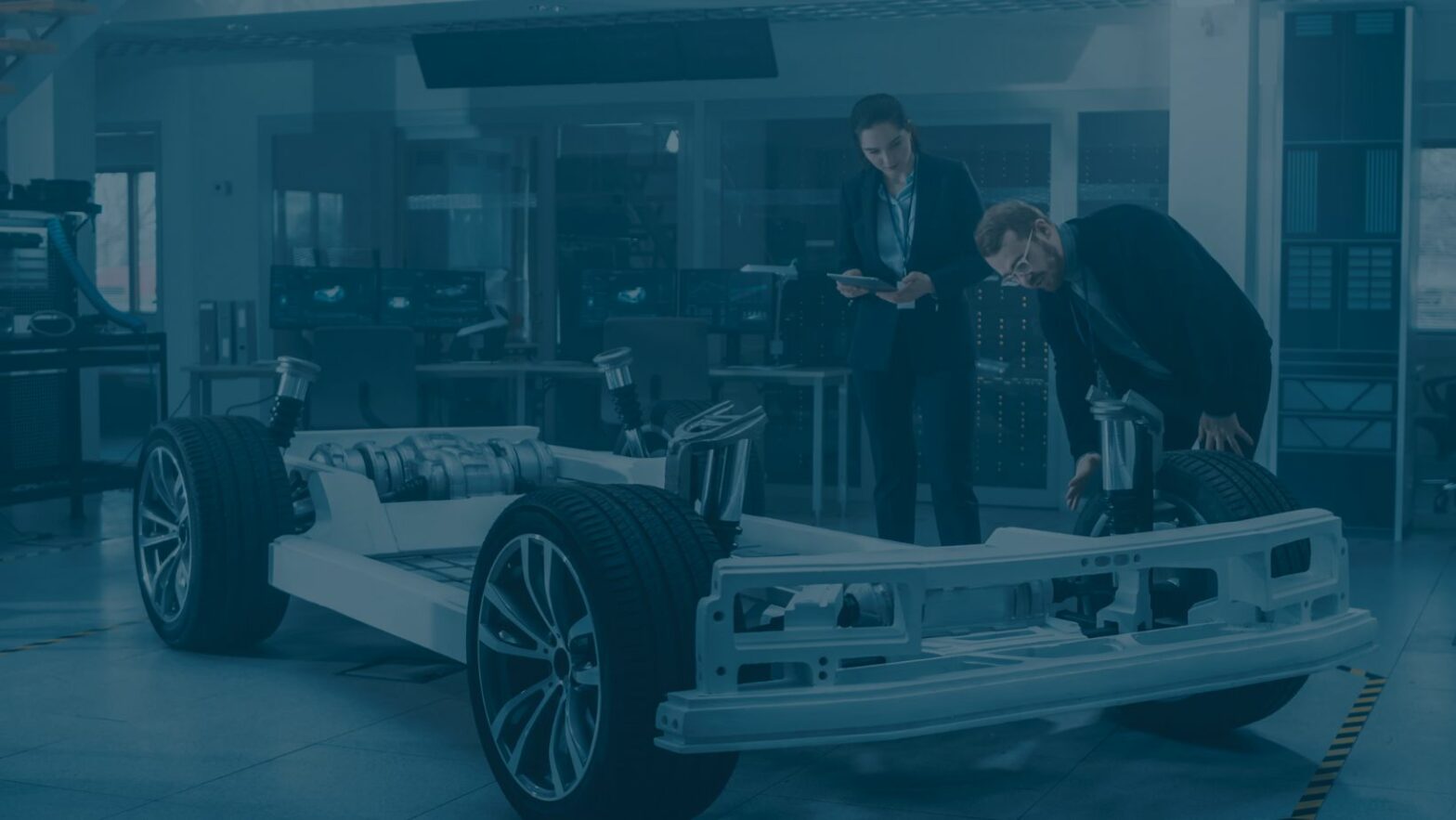
How is the automotive aftermarket structure?
The automotive sector is facing an accelerated transformation combined with new technologies and changing mobility habits are some of the factors that are transforming the aftermarket business.
Over the last decade, the independent aftermarket sector has increasingly positioned itself to compete on both production times and high quality with the original.
In this article, we will explore the key terms that have shaped the industry and the important role they play in the market supply chain.
It will be essential to understand the difference between the most commonly used terms in the industry, known as OE (Original Equipment), OEM (Original Equipment Manufacturer) and IAM (Independent Aftermarket), let’s learn their key differences:
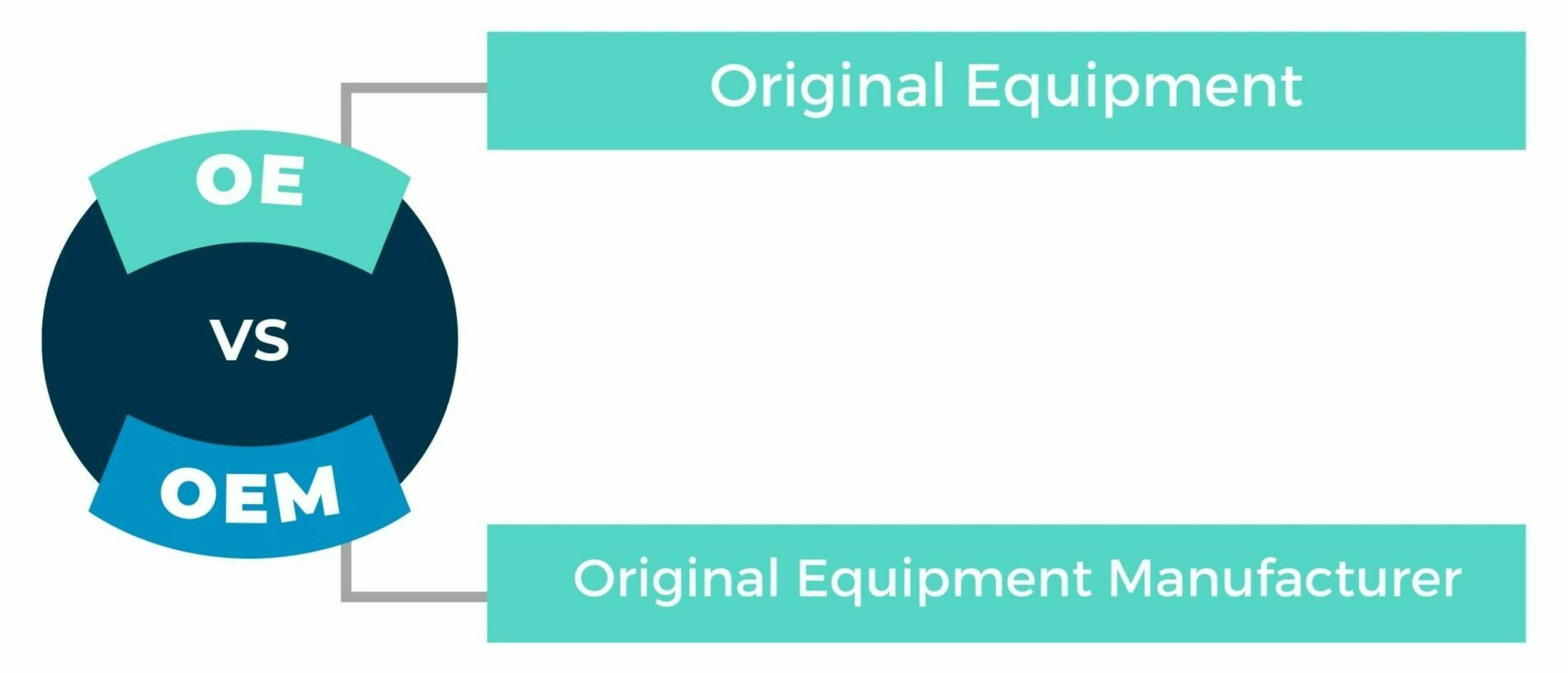
OE: Original Equipment
We refer to the OE when we talk about the vehicle assembler or manufacturer (Ford, Stellantis, etc.).
Suppliers are selected on the basis of price, technological capability, quality control process and ability to manufacture a certain number of parts. These suppliers are called original equipment manufacturers (OEMs).
In this process, the original equipment manufacturer (OEM) delivers a part to the vehicle manufacturer’s (OE) assembly plant and another part for distribution to dealers or official workshops.
OEM: Original Equipment Manufacturer
An OEM is an automotive component manufacturer that supplies its parts to the vehicle assembler.
To be an approved OE supplier, a number of very specific and comprehensive requirements must be met, as not everyone is qualified to be a supplier to the major vehicle manufacturers.
In summary:
- The OE works very closely with the OEM’s teams and gives them the guidelines in terms of specifications and design so that the OEM develops with its know-how, the parts that best fit those requirements.
- The OEM will develop, produce and supply the parts approved by the OE that will be directly fitted to the vehicle on the assembly line.
IAM: Independent Aftermarket
IAM parts, or independent aftermarket parts, refer to the aftermarket of vehicle parts and accessories, being those that are not part of the original construction of the vehicle, but are used in subsequent repairs and are fully adaptable to them.
The GT Motive Spain team indicates that there are 3 main types: certified spare parts (a specialized entity certifies the quality and suitability of the part), parallel parts (produced by the same manufacturer as the original equipment parts), and equivalent quality parts (produced by independent aftermarket companies with recognized quality).
Now that we have clarified these concepts, let’s explore how all of this is decisive in the structure of the independent aftermarket, listing some of the main trends for the coming years:
1. The rise of Electric Vehicles
The increase in demand for electric vehicles (EVs) is an unstoppable trend. In 2023, the electrification of the car fleet is in full swing, and this means an increasing demand for EV-specific parts and components.
Workshops will need to familiarise themselves with the new technologies and tools needed to repair and maintain these vehicles, as long as these changes are for the better.
2. Connectivity an smart vehicles
Modern vehicles are increasingly connected and integrated with information technologies. Navigation, driver assistance, and real-time diagnostic systems have become common in many models.
For workshops, this will mean having to adapt to new software-based diagnostic and repair tools and techniques.
3. Digital platforms
Digital platforms are transforming the way mechanics, parts companies, and workshops buy and sell spare parts and services.
Online directories for searching for parts and components provide access to a wider range of products, facilitating price comparisons and reducing delivery times.
4. Sustainability and circular economy
Sustainability and the circular economy are key trends in the independent aftermarket sector in view of the 2030 agenda.
Parts distributors are increasingly committed to using recycled materials and reducing the environmental impact of their products.
5. Training & expertise
The aftermarket sector has become more complex and specialised due to the rapid evolution of automotive technology. Workshops must continue to invest in training and certification to ensure that their staff are qualified and ready to meet the challenges of the future.
These trends highlight how fast the industry is evolving and the need to keep up to date to adapt to change. It is therefore very important for mechanics and related professionals to keep abreast of developments to ensure that their businesses remain competitive and successful.
It should be noted that the independent aftermarket (IAM) also includes brands that have specialized in the production and distribution of lower turnover product ranges, also known as niche products, where the profitability of these parts is higher than that of high turnover parts, where competition is much fiercer, and, consequently, this increases pressure on prices and margins.
Having an experienced partner in the sector ensures that the products it distributes meet the standard lead times and technical specifications demanded by the market.
In the short term, the automotive sector is facing an unprecedented transformation that will affect all players in the industry. With new technologies, significant changes are expected in the volume of aftermarket business and in the structure of the aftermarket itself.
